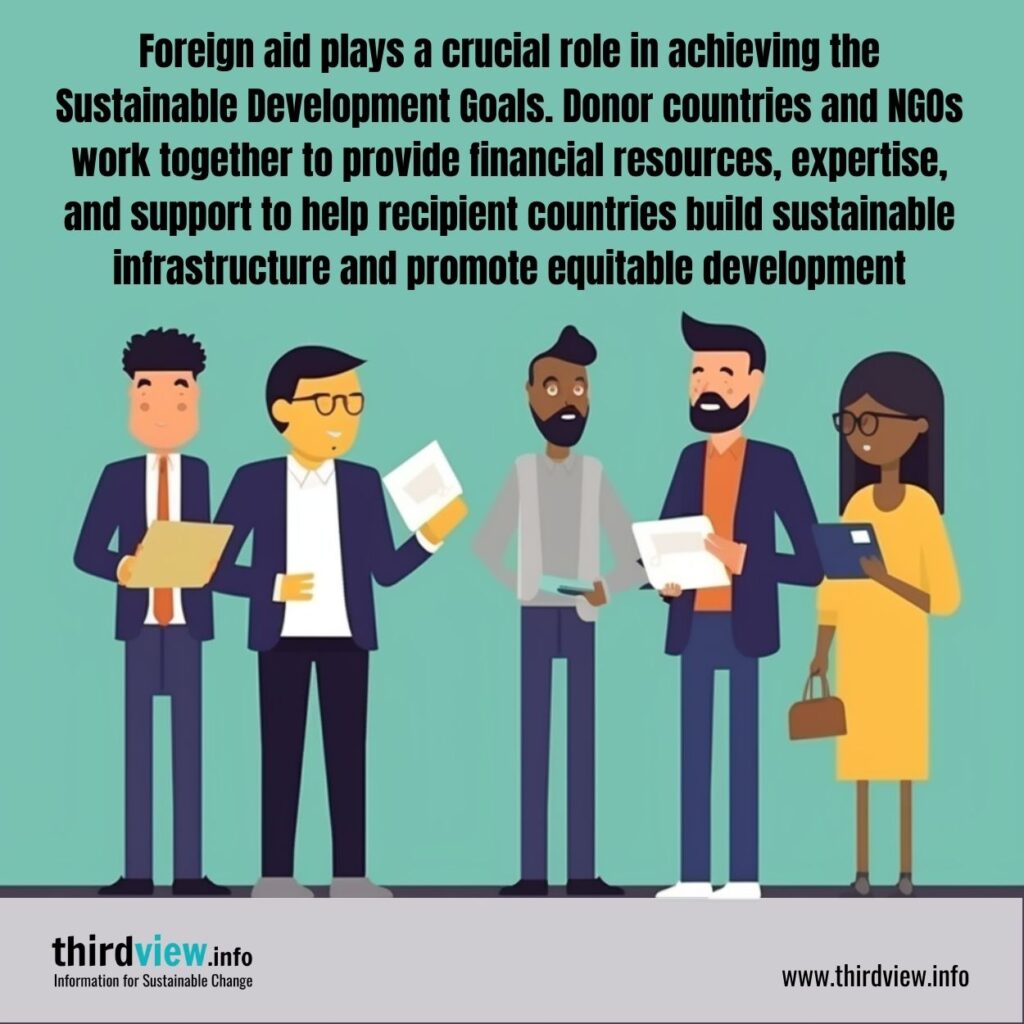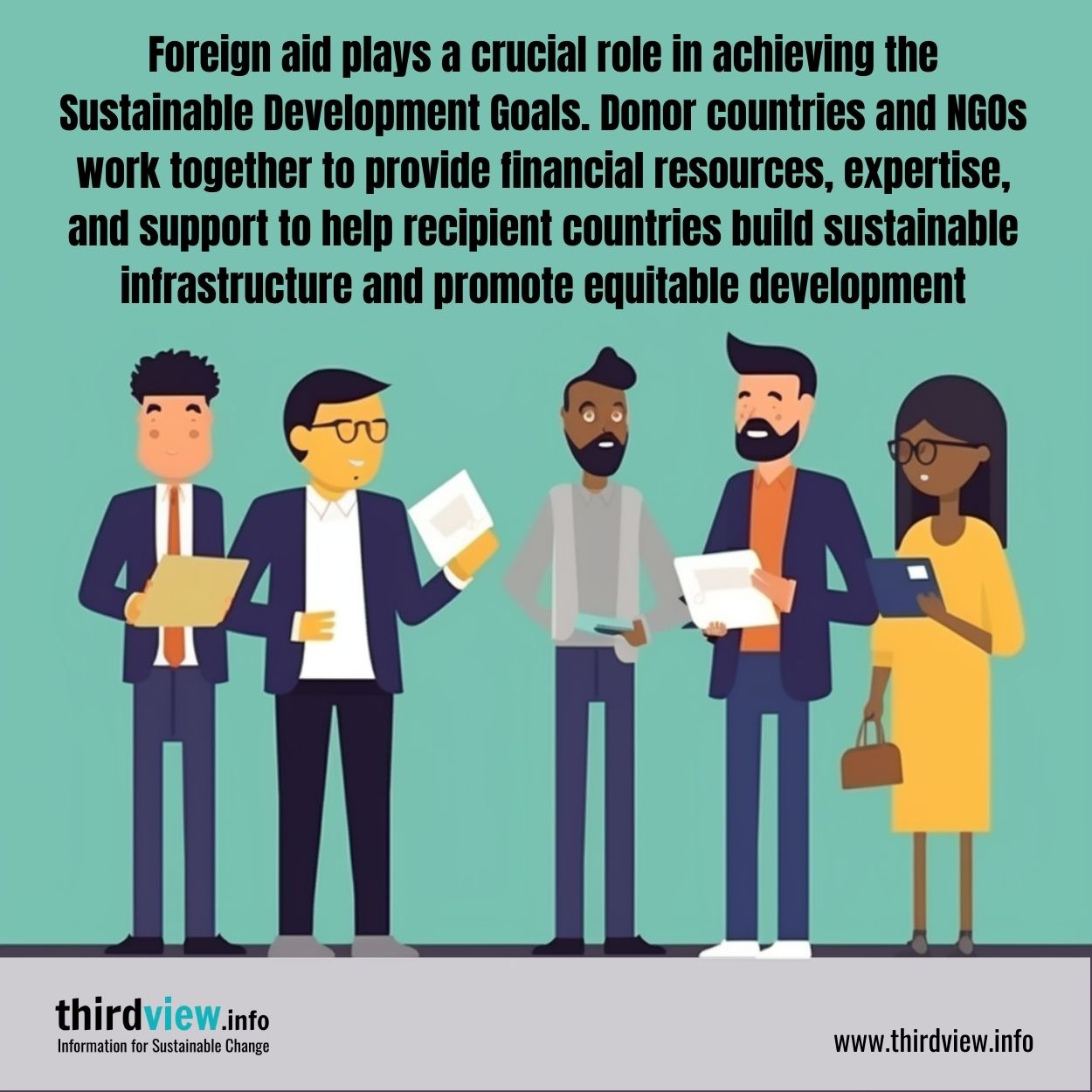The Sustainable Development Goals (SDGs) are 17 ambitious goals created by the United Nations to end poverty and improve the lives of all people on earth by 2030. These goals can only be achieved if countries and organizations around the world take action and work together to achieve them. One way in which countries are working together is through foreign aid—when one country or organization provides financial or material assistance to another. Let’s explore how foreign aid is linked to the SDGs.
The Link between Foreign Aid and the SDGs
Foreign aid has been used for decades as a tool for economic development, poverty reduction, environmental protection, and conflict resolution. Until recently, however, foreign aid was largely unconnected to any internationally agreed-upon set of objectives or standards. That changed with the introduction of the Sustainable Development Goals in 2015. Now, donors have a blueprint for how their foreign aid should be used—the goals of sustainable development—and they have an international agreement that ensures that all countries are held accountable for achieving them.
The Role of Donor Countries
Donor countries play an important role in helping other countries meet their Sustainable Development Goals. Foreign aid from donor countries often comes in the form of grants or loans which are then used to fund projects aimed at improving public health, reducing inequality, providing access to clean water and sanitation services, supporting renewable energy sources, and more. The funds provided by donor countries help recipient countries build infrastructure, implement policies that promote sustainable development, and provide basic services such as education and healthcare services to their citizens. In this way, donor countries are helping recipient countries move closer towards achieving their SDG targets.
The Role of NGOs
Non-governmental organizations (NGOs) also play an important role in helping other countries meet their Sustainable Development Goals. NGOs provide expertise on specific topics such as climate change mitigation or gender equality that governments may not have access to internally as well as funding for projects related to these issues such as drought relief efforts or women’s empowerment initiatives. NGOs also often partner with local organizations in recipient countries who possess unique knowledge about local needs and resources which helps ensure that projects are tailored towards those specific needs while simultaneously promoting local ownership over international solutions imposed from afar.
Foreign aid is an essential tool for helping many nations achieve their Sustainable Development Goals by 2030. Donor nations provide financial resources which allow recipient nations to build the infrastructure necessary for meeting their SDG targets while NGOs provide the expertise needed for the successful implementation of said projects within those recipient nations themselves. Working together with a shared goal – ending poverty and ensuring everyone has access to basic human rights – will help us make sure that no one is left behind on our journey towards a more equitable future for all people worldwide.


